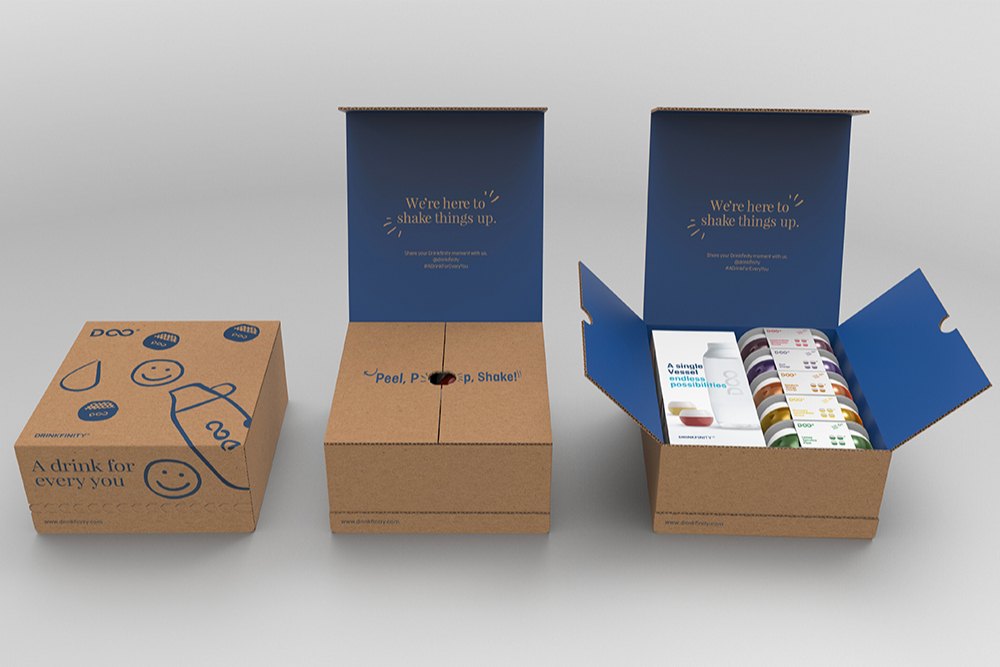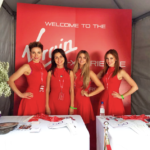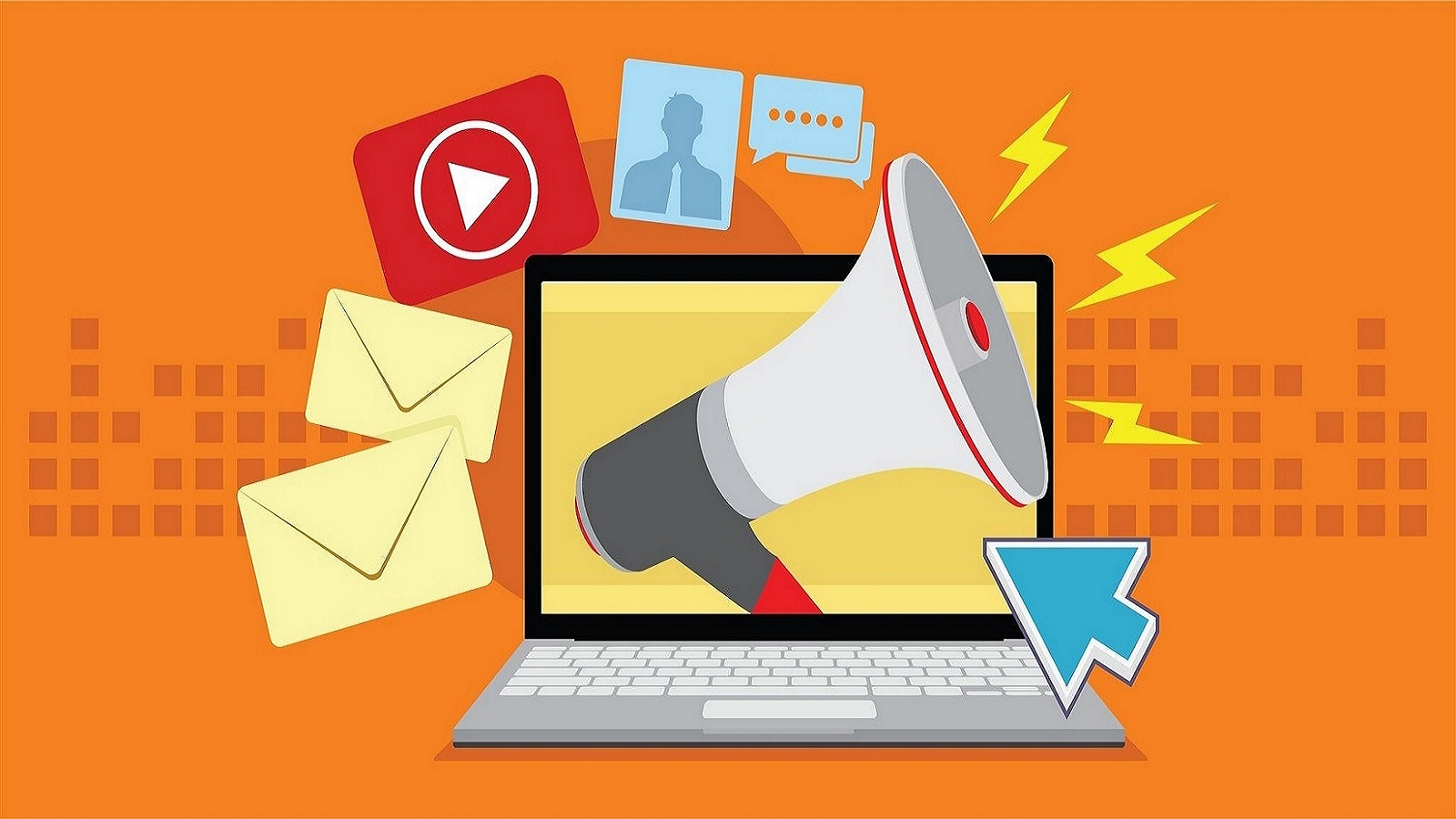Product packaging plays a vital role in marketing and many brands spend considerable time and money designing eye-catching boxes and containers. However, savvy marketers recognize that packaging presents opportunities to promote products that extend beyond the basic selling unit. With some creativity, packaging can become an in-store advertisement unto itself. This article explores additional ways brands are leveraging packaging design to influence shoppers directly on store shelves.

Content
Beyond the Box: Using Additional Panel Space
Most product packages have multiple panels that are typically underutilized from a marketing perspective. These excess surfaces provide prime advertising real estate if used cleverly. Some brands include promotional messages, calls to action, or QR codes on non-principal panels. Others feature reviews, lifestyle imagery or ingredient highlights to educate consumers further. Maximizing all available packaging panels turns every product into a mini billboard for the brand on shelves.
Standing Out with Shelf Talkers
Shelf talkers are additional promotional materials placed directly on shelves near corresponding products. They come in many forms from basic header cards to more elaborate pop-up displays. Well-designed shelf talkers complement packaging to reinforce key selling points, new features or special offers. Placing attention-grabbing shelf talkers strategically can make a brand visually stand out among competitors on crowded store fixtures.
Sample Boards for Increased Consideration
Displaying free product samples is a proven tactic for driving trial. Some brands have found success using sample boards – attractive in-store displays stocked with individual samples packaged neatly together. A sample board allows consumers to easily “test drive” a product right on the shelf before committing to a full purchase. This increases consideration sets and opens doors for impulse buys.
Interactive Packaging for Engagement
Some forward-thinking brands are designing interactive elements directly into packaging surfaces. This could mean peel-away stickers revealing coupons or puzzles requiring package manipulation. The goal is to engage shoppers with the product for longer through interactivity. Even simple interactive features boost memorability and create positive brand associations through active participation.
Augmented Reality for a Digital Shelf Experience
Cutting-edge brands are embracing augmented reality (AR) to bring the in-store shelf experience into the digital world. Special AR apps allow shoppers to scan product packages and see interactive 3D models, instructional videos, or AR filters overlaying the physical item. This bridges the gap between online and offline promotions by digitally enhancing the in-store shelf with multimedia content.
Selling Beyond the Shelf with QR Codes
QR codes on packaging allow shoppers to easily access more information or special offers with their smartphones. Codes can link to microsites with detailed specs, how-to guides or incentive programs. This gives brands opportunities to promote and sell through the entire path to purchase – not just on shelves but also online post-purchase. QR codes turn each package into a mobile billboard driving traffic back to the brand.
In conclusion, forward-thinking brands recognize that product packaging presents opportunities for in-store promotion beyond the basic selling unit. With creativity, packaging design can influence consideration, trial and purchase directly on retail shelves.

A business blog writer at the age of 19, Francis is a jack-of-all trades when it comes to writing. He specializes in content creation for businesses and blogs. With years of experience under his belt, he’s able to provide both written and video content that will engage readers and viewers alike!



